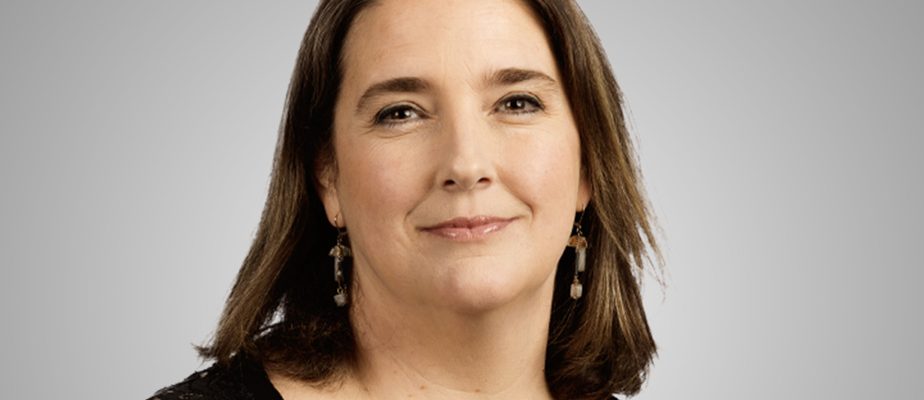Since October 7, at least 24 journalists have been killed in the wake of Hamas terrorist attacks and the Israeli counter-offensive in the Gaza Strip and on the Lebanese border. Twenty Palestinians, three Israelis and one Lebanese.
Normal assessment in times of war? Not really. For comparison, eight journalists were killed during the first six months of the war in Ukraine, according to Reporters Without Borders (RSF).
The Committee to Protect Journalists (CPJ), which documents attacks on journalists’ rights around the world, even speaks of an “unprecedented situation” in Israel and the Palestinian territories, where journalists have long marched on the tightrope. “The first ten days [de la guerre] were the deadliest for journalists [dans la région] since we started reporting in 1992,” notes Gypsy Guillen Kaiser, director of communications and outreach at CPJ.
And because journalists are always the canaries in the mine, there is reason to listen to the complaints of international organizations who are concerned about their fate.
Behind the numbers, there are names and faces.
Ayelet Arnin, 22, and Shai Regev, 25, were killed on October 7 while covering the Supernova music festival in Israel, where Hamas’s killing spree claimed more than 260 lives. The same day, Israeli photographer Yaniz Zohar, his wife and two daughters were also murdered by Hamas gunmen in the Nahal Oz kibbutz in southern Israel.
Also on October 7, photojournalist Mohammad Al-Sahli, journalist Mohammad Jarghoun and photographer Ibrahim Mohammad Lafi – all three Palestinians – were shot dead in the Gaza Strip, according to CPJ.
Two days later, three Palestinian journalists died when Israeli airstrikes destroyed a building housing several media outlets in the Rimal district in the west of the Gaza Strip. On that day, the Al-Khamsa news site lost its editor-in-chief, Saeed al-Taweel. Mohamed Sobh and Hisham Alnwajha, from the Khabar news agency, also lost their lives.
And that was only the beginning. The list has been growing ever since.
Even in times of relative peace, Palestinian journalists working in Gaza play a crucial role in reporting the facts to their own communities, but also by being witnesses for major international journalistic organizations.
Gypsy Guillen Kaiser, director of communications and outreach at the Committee to Protect Journalists
“They pay the highest price and represent the majority of those who were killed,” adds Mme Kaiser, reminding all parties to the conflict that the use of force against journalists – “civilians doing their job” – is prohibited. In times of war and in times of peace.
Bombs, bullets and explosions are not the only dangers facing journalists in the Middle East. Harassment, censorship and self-censorship are phenomena that cause concern on both sides of the conflict. Even before the outbreak of violence, Reporters Without Borders denounced the pressure that Palestinian journalists face, both from Hamas and Fatah, the two political organizations that rule the Palestinian territories, and from Israeli forces.
In Israel, where military censorship rules have been in force for years, journalists must – in principle – seek permission before publishing certain information related to national security issues.
Several organizations are also concerned about the attempts of the current Israeli government – the most right-wing in the history of the Jewish state – to regulate press freedom.
Last Friday, Israeli Communications Minister Shlomo Karhi passed new rules allowing him to temporarily ban the broadcast of foreign channels in the country if he judges that they harm national security. He has made no secret that his main target is Al Jazeera, the channel financed by Qatar, close to Hamas. “Is it going to stop here? », asked journalist Jon Allsop on Tuesday in the Columbia Journalism Reviewthe publication of America’s most renowned school of journalism.
Even far from the front lines, in newsrooms across the Western world, the challenges of reporting the conflict accurately are numerous. We must avoid the pitfalls of disinformation, which is abundant on social networks, and it is also essential to highlight burning news with nuance and context.
It’s a daily balancing act that would be impossible without the remarkable reporting and verification work done by journalists on the ground in Gaza, the West Bank, Lebanon and Israel. Too often, trying to ignore the fear in their stomach.
